The 1980s and 1990s saw the boom of basketball as the most important category in footwear. High top silos with signature endorsement dominated courts across the US, crossing over to hallways and streets the same.
The 2000s and particularly the 2010s saw a shift. Basketball shoes as a category were becoming more technically advanced. Hyperfuse uppers and Shox cushioning all pushed the envelope of what a basketball shoe could be on the court all while proving they couldn’t be worn off of it. All that plus snugger denim, the retirement of Michael Jordan and an appetite for new helped pave the way for performance running as the dominant genre in sneaker culture.
With the White adidas Ultra Boost and beloved Nike Flyknit Trainer both expected to return soon, we list out the performance runners that are new classics in the category or should become such once retroed.
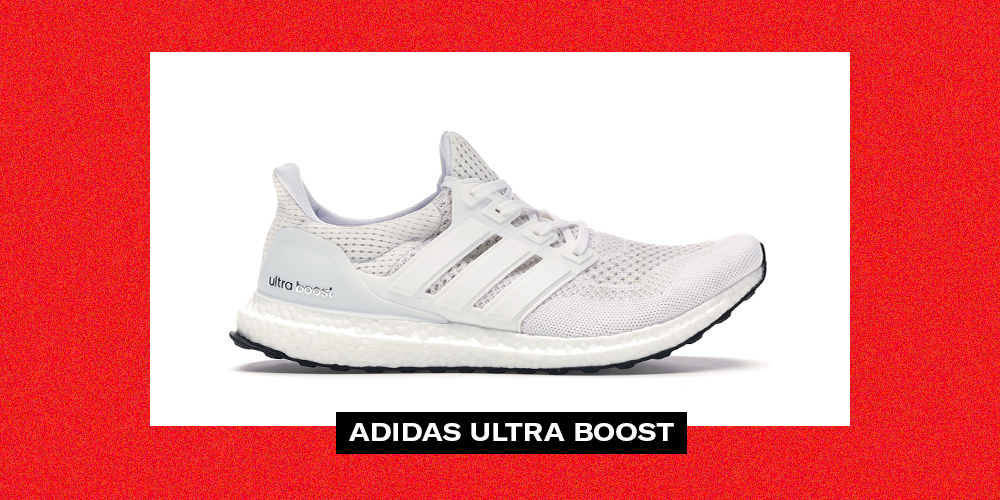
When the adidas Ultra Boost debuted at a global launch event in New York City in 2015, the brand with Three Stripes hailed it as the best shoe they’d ever made.
Well, they were right.
With due respect to the Superstar, the Ultra Boost officially ushered in a new era for German juggernaut. Coming off the Kanye West signing and competing with Nike in lifestyle and sport, adidas finally had a model that was as big as their buzz. Perhaps it was even greater than that hype.
Heralded by competitive runners and defining the athleisure movement, the Ultra Boost was best in show in performance and fashion arenas. That doesn’t happen often if ever. Primeknit paired with full-length Boost put Nike on the ropes and put a modern model back atop the totem pole.
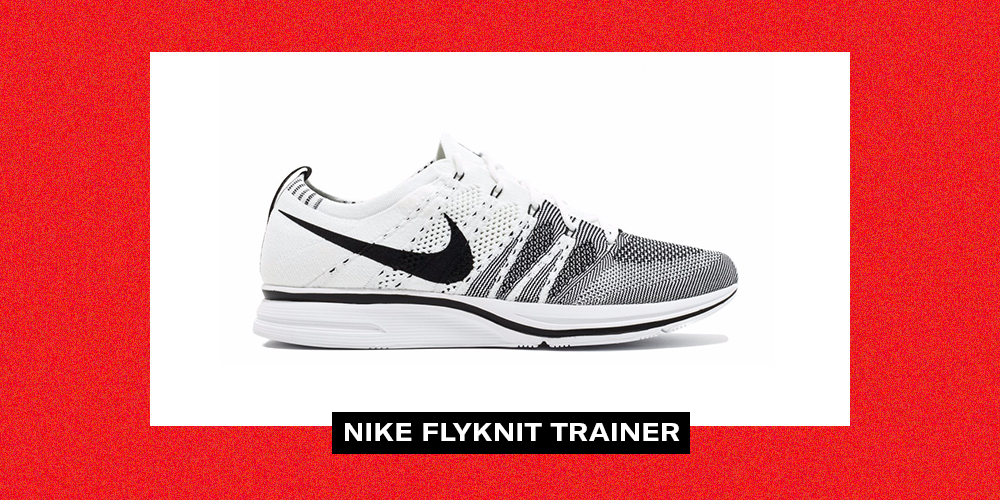
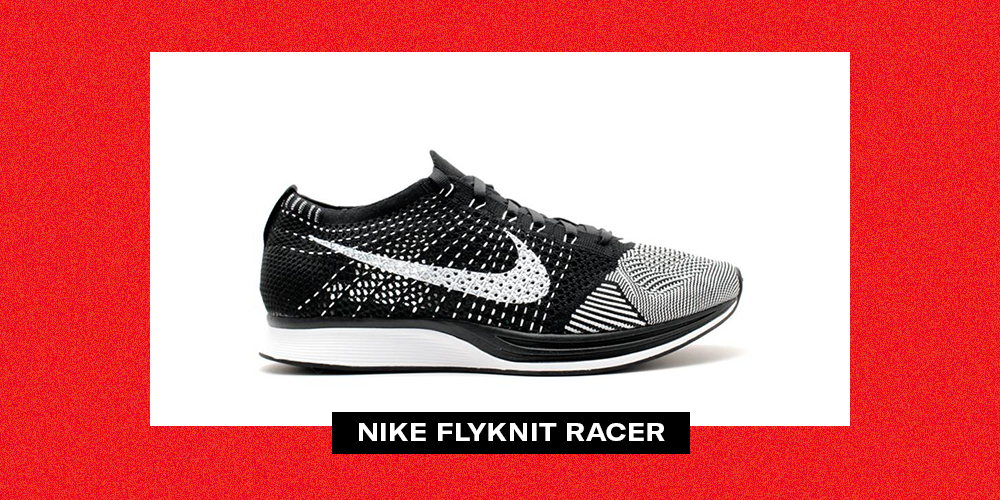
For the Summer 2012 Olympics in London, Nike launched Flyknit technology. In many ways, Flyknit construction offered a threaded upper answer to the rising cost of leather and lack of breathability and shape seen on synthetic sneakers.
The Flyknit Trainer and Flyknit Racer would prove the concept cars, worn by athletes often on the medal stand but seldom on the track. Why was that? Version 1 of Flyknit was unstable and downright wobbly for anyone looking to turn the corner on a 400. Conversely, it was a banger in the casual arena.
Made famous in lifestyle settings by Kanye West, the multihyphenate would often rock the latest from Nike right around the time the Yeezy 2 was set to launch. Not only did he have the sneaker world’s attention with every outfit, he had paparazzi pictures populating the internet as he began his blossoming relationship with Kim Kardashian.
While Flyknit wouldn’t be performance touted until follow-up models, it would crossover casually from the jump. The famous Flyknit Trainer and Flyknit Racer received the retro treatment the same decade they dropped. Expect to see even more of these retro renditions in the decade that follows.
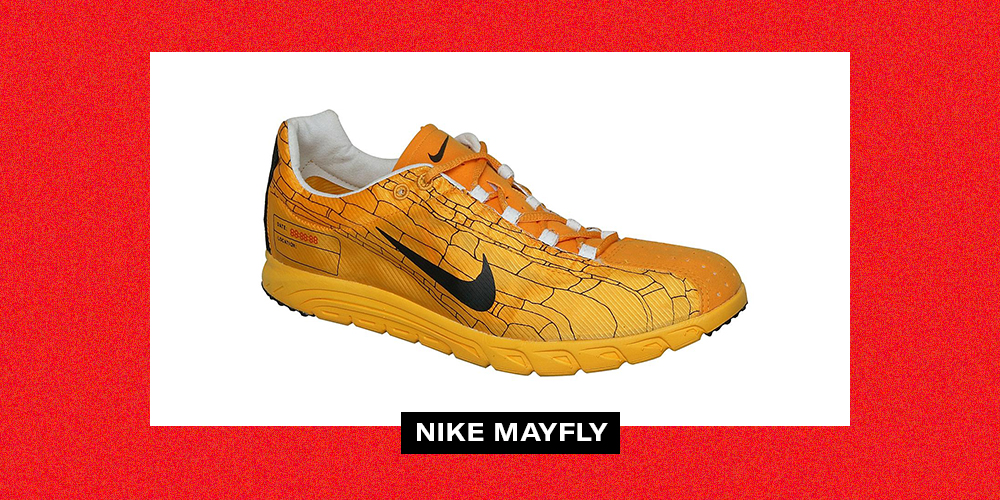
In the era of oddity designs gaining momentum thanks to Instagram influencers like @hidden.ny, @goodbirger and @samurato, cult classics now have the metrics and storytelling to pop in grand fashion. Just like an artist that gains acclaim years after they’ve passed, the same will happen for sneakers, designers and pieces that were before their time.
An eventual example of that? The Nike Mayfly.
Built to last for 100km of running and fall apart after, the Mayfly was a case study in minimalism and in some ways excess. Buying a pair of full-priced Nikes with an early expiration date? In 2003, these shoes were a science project that only the brave runners would participate in.
Repuprosed as a retro in the early ‘10s in NSW fashion, lifestyle looks were perhaps pandering to style sensitive shoppers keen on retro but green on story. In a world where ASAP Nast rocks Salomon sneakers and vintage rules, the Mayfly is the perfect pair to push the envelope amongst an audience that appreciates conceptual design.
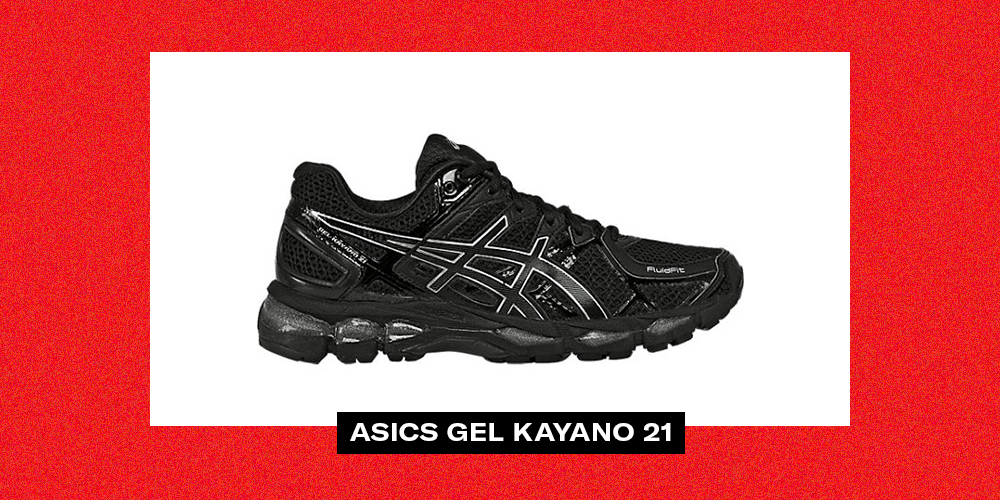
Look at the tale of the tape and you’ll find ASICS has always done things differently, even if it doesn’t get the attention of the sneaker community right away.
Hailing from out East and aiming towards runners, archival ASICS have intersected the fashion space by way of Ronnie Fieg renditions on the Gel Lyte III and Onitsuka Tiger takes sold at Urban Outfitters. While streetwear buffs and indie rock listeners learned to love ASICS in the ‘00s and ‘10s, the brand is turning heads at Fashion Week in the ‘20s.
Teaming up with Kiko Kostadinov on an array of reimagined runners for the runway, the branding is borrowing the formula created by Raf Simons x adidas and adding even more tech. In an era where aggressive performance peers toward runway weird, look for technical runners like the ASICS GEL KAYANO 21 to have a revamped renaissance.
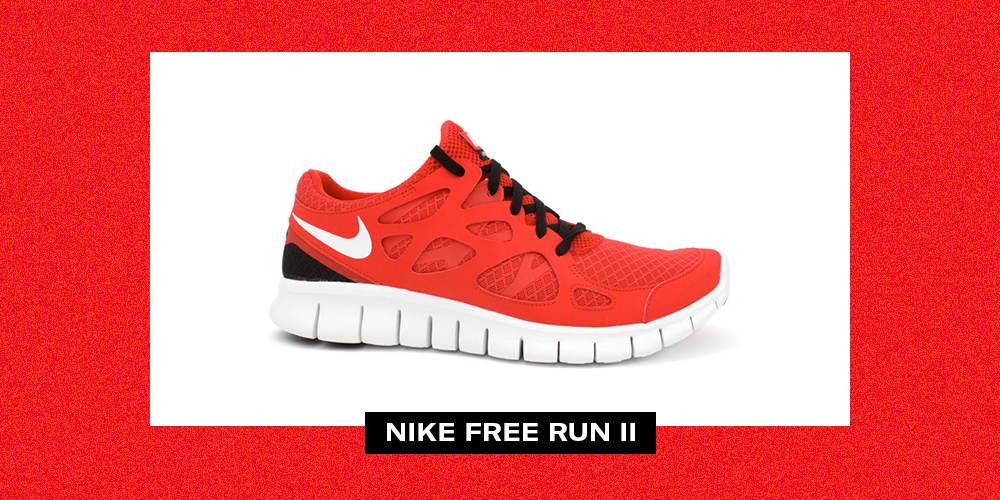
The opposite of Air Max, Nike responded to the barefoot running movement with their own minimalist opus: the Nike Free 5.0.
In 2011, low-profile tech reached its commercial height with the Nike Free Run 2.0.
Right when it felt like Free was forgotten, the Free Run 2.0 took the tech to new heights less by reinventing itself but more so by juxtaposing it with an ultra-aggressive upper. Seemingly everything to everyone, the Free Run 2.0 was sporty enough for high school jocks, safe enough for soccer moms but still undeniable for sneakerheads. No, these were not your stunt shoes on a Saturday night, but they may have been the shoe you wore that morning to line up in.
The Free Run 2.0 is so simple and so strong it’s not insincere to liken it to the Air Jordan 1 or the Dunk. Will Stussy someday put a Kukini cage on the upper? Will art’s next innovator swap in a Burst sole? Perhaps the Free Run 2.0 will go wild in its retro run, perhaps it doesn’t need to. Either way, the barefoot banger is due for a second sprint.
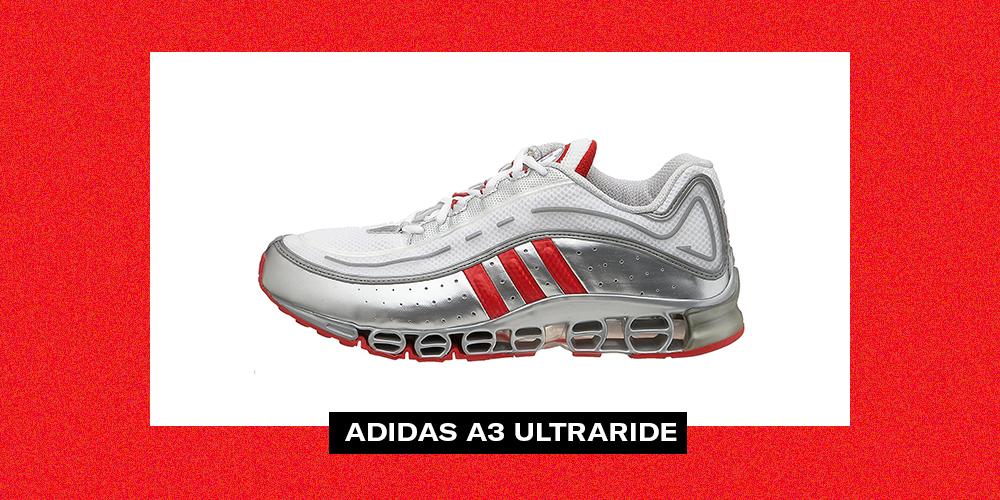
What if adidas had their own equivalent to the Air Max 97? Well, in many ways that is the adidas A3 UltraRide.
Though A3 was technically The Three Stripes’ response to Shox, the column cushioning in full-length fashion mixed with mesh and metallics is eerily similar to Christian Tellier’s timetested AM97.
As adi runs through the hits in the EQT franchise and even plays in the ClimaCool category, A3 is the linear progression of their ascent. Raf Simons was brave enough to bring back Bounce, could A3 fall under the Pharrell umbrella?
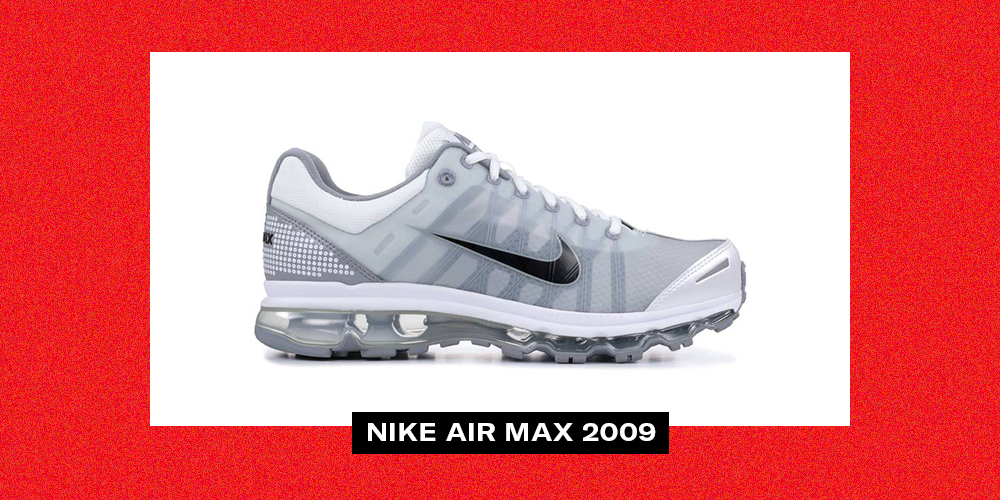
It’s hard to believe, but a decade and a half ago Air Max was damn near dead. Both Nike Basketball and Nike Running were straying away from the visible tech that took their brand to new heights, evolving to new evolutions of Zoom and playing with barefoot properties like Free and space foam called Lunarlon.
The bulky bags became decidedly ‘90s while a financial recession was pushing consumers to lower profile, lower priced models.
Then the Nike Air Max 2009 happened.
Hitting on the heels of the Nike LeBron VII – a return to full-length Air Max in signature basketball – the classic cushioning was once again the toast of sneaker culture. Made modern with illuminated bags and Flywire uppers, the aggressive design of the AM2009 and can’t miss comfort made the line and the tech modern again.
With the cushioning and economy bouncing back, full-length Air suddenly garnered a $160 price-point with the Air Max 2009 leading the charge.
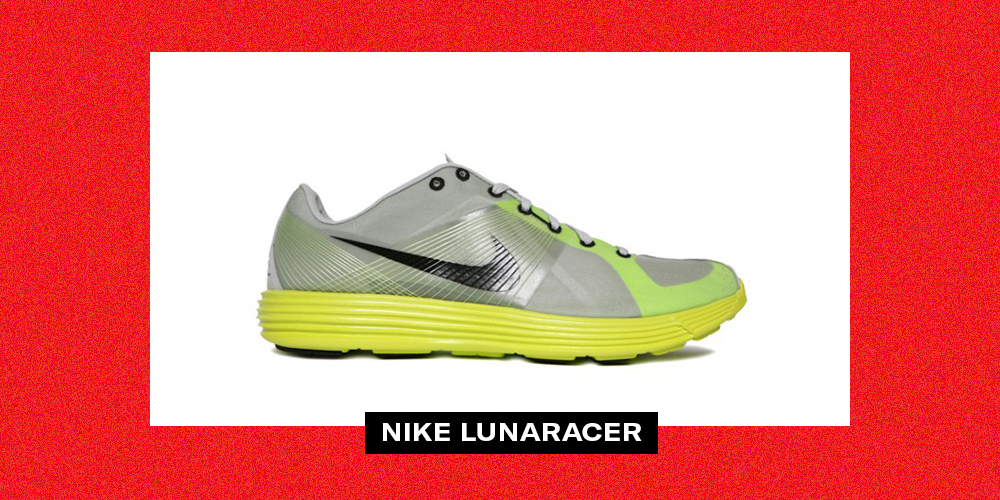
The 2008 Summer Olympics were in Beijing but Nike had their eyes set on the moon. Gearing up for the world’s biggest stage, Nike unveiled Lunarlon foam: a space-age cushioning compound dressed in neon and made for gold.
The Nike LunaRacer was a demo tape for the future of the brand. Loosing leather and taking the air out of the building and the shoe, a Flywire upper pointed to the age of synthetic sneakers set atop Lunarlon foam.
Top runners on the Nike roster gave the LunaRacer plenty of spins around the track while forward thinking fashion fiends gave them a shot stylistically. A free agent Pharrell would be spotted rocking the LunaRacer with relaxed fit jeans and a blazer while the rest of the world was wearing high top Supras with skinnies. Just like Skateboard P himself, the LunaRacer will age well.
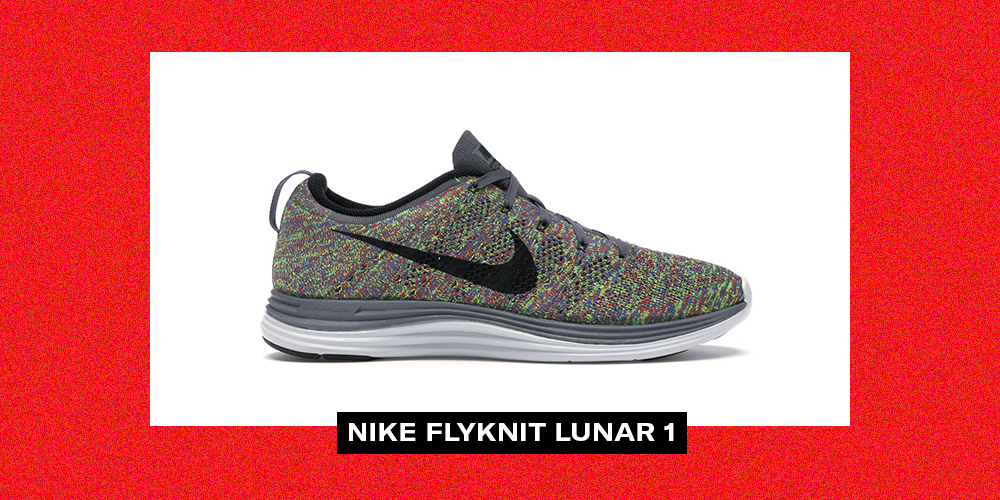
2012’s Flyknit Racer and 2008’s LunaRacer were concept cars only to be driven by the most curious of runners. 2013’s Nike Flyknit Lunar 1 allowed everyone to get behind the wheel of the Swoosh’s newest, most prized innovations.
Snugger and softer than the shoes that inspired it, the Nike Flyknit Lunar 1 won over runners and casual wearers alike. Making the most of multicolor motifs and even a Supreme collab, the built for business brand statement was an easy everyday wear that still called for clout.
A retro run in the 2020s would see the shoe crossover even further to the casual space. New nostalgia? Yup, and we’re here for it.
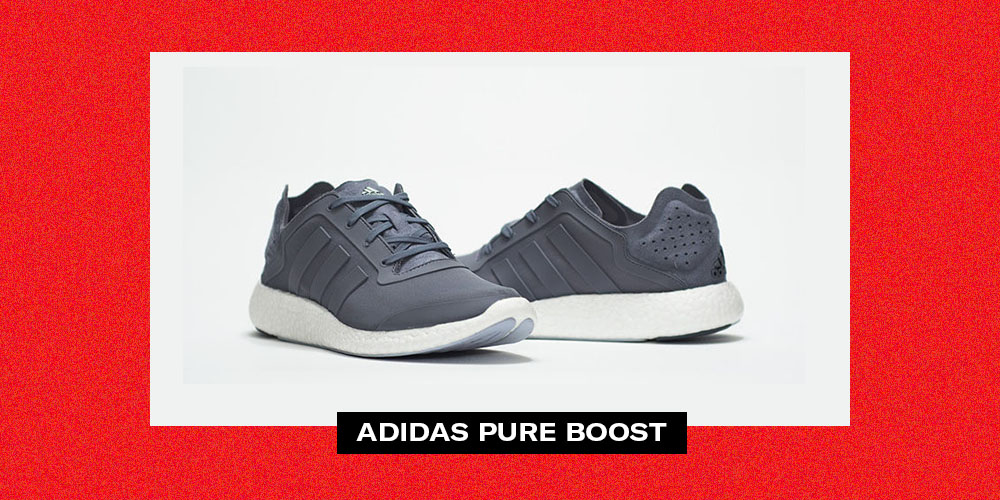
Days before Ultra Boost, the adidas Pure Boost paved the trail for the energy-return tech as an industry leader. Routed as a runner but championed in lifestyle wear, suddenly adidas had a shoe that was subtle enough to blur the lines of brand loyalty and too comfortable to ignore.
The adidas Pure Boost was simply so good that wearers warped to it. Not into running? Put these on and you’ll feel like sprinting. Got an errand? These are better than sandals. Going out? Kanye wore these with leather pants in GQ, you’re good.
Best in tonal takes and Y-3 upgrades, the Pure Boost is an instant classic that hasn’t quite been replicated but will be easy to rerelease. Incredibly versatile, insanely comfortable and uniquely simple, the Pure Boost is adidas’ biggest innovation in its most stripped down form.
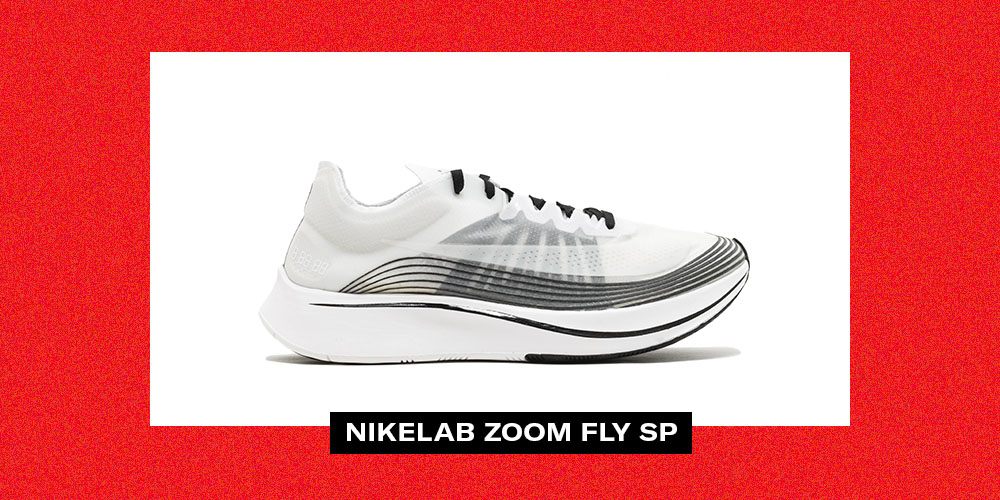
In 2017, Nike Running was laser focused on their #Breaking2 mission. Cutting weight and creating momentum, the NikeLab Zoom Fly SP was released to celebrate the creative process of propelling runners to faster marathon times than ever seen before. In turn, it propelled perhaps the definitive trend in off road runners.
Though very much a performance crafted shoe, the Zoom Fly SP was casual friendly thanks to its sleek silo, smooth lines and big branding. While Lunarlon foam and a carbon-infused nylon plate were crafted to push feet forward, it was the upper’s translucent detailing that pushed fashion.
Allowing wearers to accessorize with socks and add new depth to their outfits, the Zoom Fly SP paved the way for the lifestyle banger that was the Nike React Element 87. Comfort remains and king and function is always fresh. Expect the Zoom Fly SP to have a second life in lifestyle.
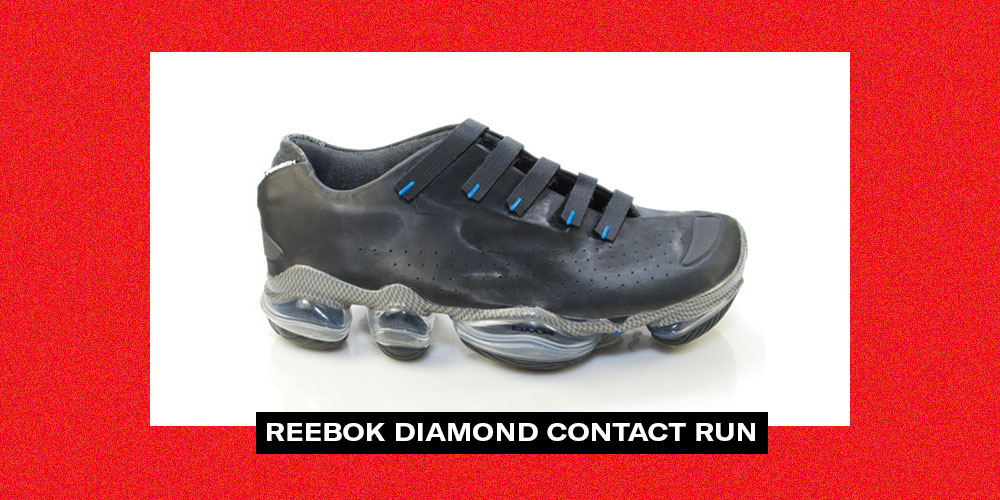
Responding to Air and EQT, Reebok rolled out DMX cushioning in the late ‘90s. Led by Allen Iverson on the basketball court and most popular on the DMX Run 10 via the track, the air-flow tech was the perfect answer to competitors with no pun intended.
Released in the early 2000s, the Reebok Diamond Contact Run saw more traction in the editorial pages of the next decade thanks to its likeness to Nike’s new VaporMax tech. Overt, edgy and crazy comfortable, DMX took to a new shape on this oddity of a sneaker that was perhaps too strange in 2003 but ready for revamp in the 2020s.
Paging Pyer Moss!
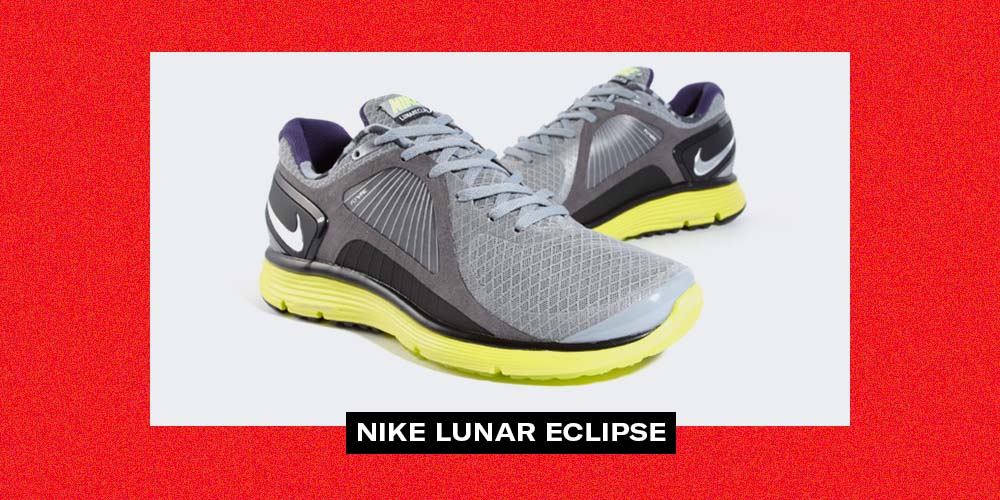
When Lunarlon has its retro moment, the Nike Lunar Eclipse will too.
Eerily similar to the Air Max 1 in regard to shape and tooling but criminally slept-on in regard to response, the Lunar Eclipse 1 was welcomed by runners but shaded by style icons. Going against the grain of its lightweight Lunar predecessors, the Lunar Eclipse offered a sturdier, more supportive ride than the somewhat flimsy first-takes on Lunar that bottomed out early and often. Contrary, the Lunar Eclipse was almost heavy and definitely padded.
Whether the shoe was righting the wrongs of its initial unveil, miscast or ahead of its time is all up for debate. What’s not up for debate is those that had this shoe loved this shoe. Playing with new palettes for Nike running and even offering homage to OG favorites, the Lunar Eclipse 1 will have its moment in the sun once it gets its proper retro.
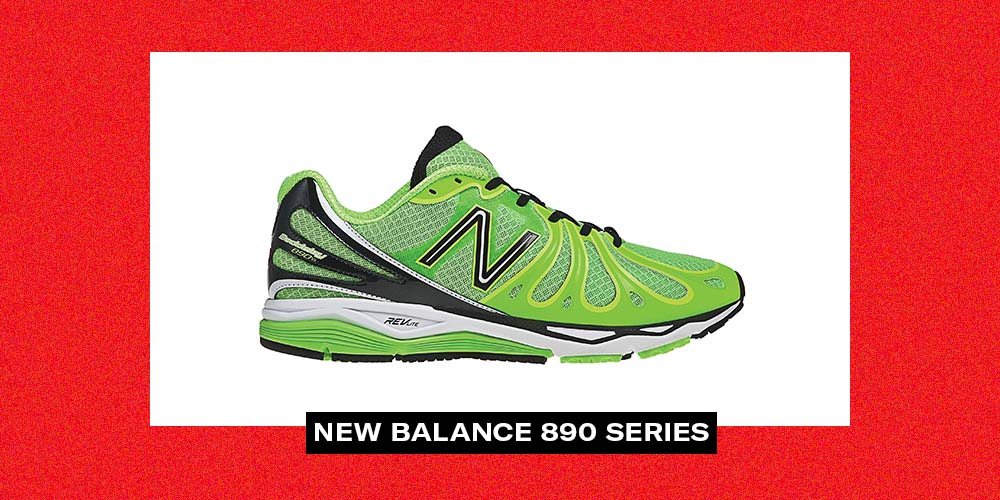
Premium pigskin, dense mesh and soft suede defined New Balance in the 80s, ‘90s and even in this era to the tones of grey and navy.
In the ‘00s? Well, things got funky. Exploring new movements in barefoot minimalism and the loud palettes that were exploding in distance running, New Balance evolved. Chasing PRs, not denim, the performance driven brand cut weight and sharpened their styling in the first decade of the new millennium with plenty of products that proved a daring departure from their drab dad favorites.
The New Balance 890 series may be the crossover friendly foray from the ‘00s. Much like Nike’s Zoom Spiridon in the mid-90s, a faster, lower profile look offered a streamlined segue from the days of bulky tech and heavy materials. Aggressive down to the toe box, we’d love to see boutiques go nuts on the 890 V2 & V3.
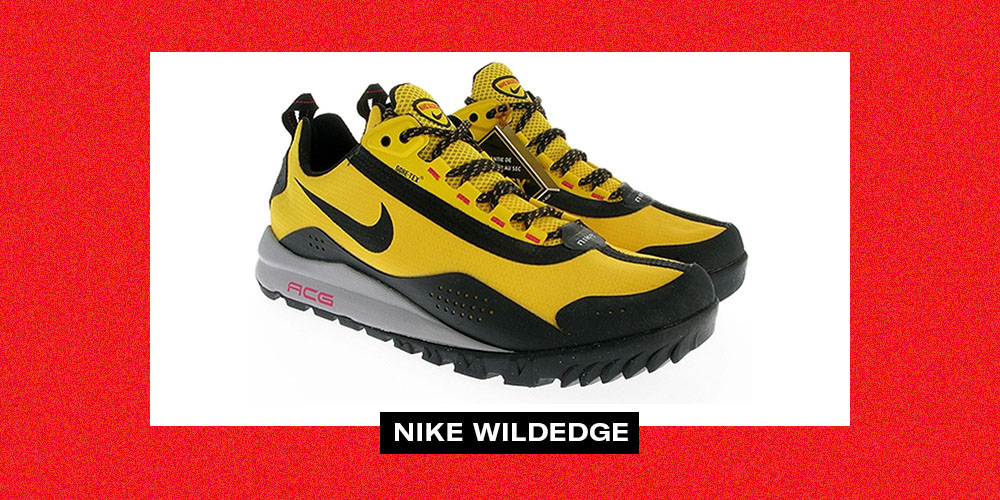
For most of the 2000s, ACG was not having a moment on the mountain. Sure, people didn’t stop exploring, but the All Conditions Gear from the Swoosh wasn’t ripe with funky flavors like that in the ‘90s nor was it ready for its street ninja revival in the 2010s.
The Nike ACG Wildedge was and still is a standout from the sleepy period. Capable of tackling trail running, the tire tread outsole and sloped sock upper were more aggressive than any Pegasus but never mistaken for a Goadome.
Releasing in mesh, mid and GORE-TEX variations with nods to the Terra Sertig and Mowabb in makeup, the Wildedge was ACG modernized. Faster, sleeker and tougher, this trail runner caught the eyes of those in the know in the late ‘00s and is worthy of a retro in the ‘20s.
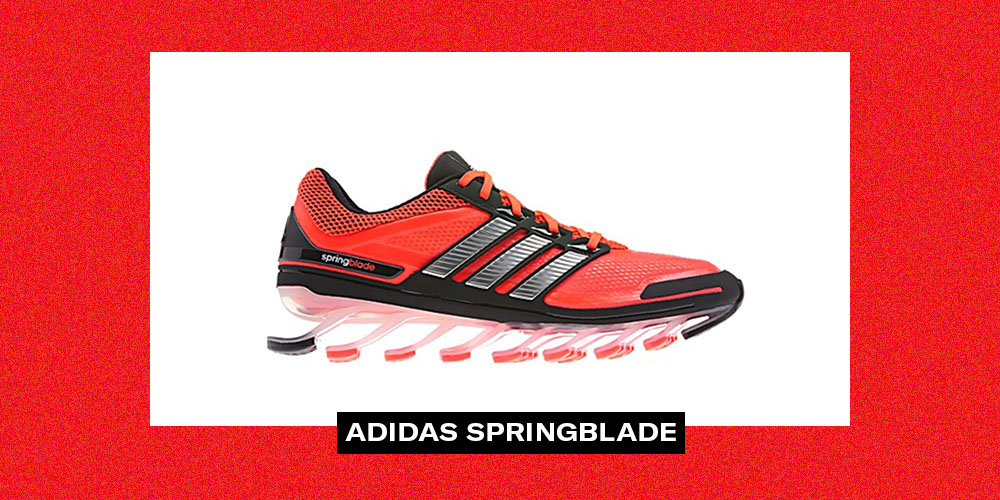
When adidas launched Boost technology at a global media event in 2013, the scale of attendees proved how important it was to the Three Stripes but no one in the audience could fathom how members of the German brand actually felt.
Taking place in NYC during Fashion Week, a presentation covered the history of adi in montage fashion all leading up to what was both now and next: Boost. In that same series of photos and videos, an obscure, never-before-seen sneaker popped up almost the same way cinema hints at a sequel or an artist previews a track. That shoe was the adidas Springblade.
While Boost was visually boring but functionally fantastic, Springblade was the utter opposite. Highly questioned and seldom purchased, the Springblade was not prolific but it was weird.
In 2020, weird ages well.
Relished by Rick Owens and ASAP Ferg, the Springblade occupies a space similar to the Air Max Plus in making eyes bulge and scratches a similar itch to that of Alpha Project and HTM oddities. Designed to run in but serving more as a statement shoe, could the Springblade have a retro rebirth akin to that of the Foamposite? As trends steer towards strange it just might happen.

